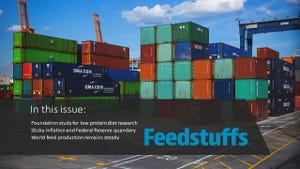thumbnail.png?width=700&auto=webp&quality=80&disable=upscale)
Agribusiness News.png?width=700&auto=webp&quality=80&disable=upscale)
Feedworks USA expands ruminant salesforce, adding Brandon Karas to the Western U.S.Feedworks USA expands ruminant salesforce, adding Brandon Karas to the Western U.S.
Feedworks USA, Ltd. announces Brandon Karas as its new technical ruminant sales manager for the Western U.S.
Subscribe to Our Newsletters
Feedstuffs is the news source for animal agriculture

.png?width=700&auto=webp&quality=80&disable=upscale)
.png?width=700&auto=webp&quality=80&disable=upscale)


.png?width=300&auto=webp&quality=80&disable=upscale)
.png?width=300&auto=webp&quality=80&disable=upscale)


.png?width=300&auto=webp&quality=80&disable=upscale)






.png?width=300&auto=webp&quality=80&disable=upscale)

.png?width=300&auto=webp&quality=80&disable=upscale)




.png?width=300&auto=webp&quality=80&disable=upscale)



.png?width=300&auto=webp&quality=80&disable=upscale)


.png?width=300&auto=webp&quality=80&disable=upscale)


.png?width=300&auto=webp&quality=80&disable=upscale)
.png?width=300&auto=webp&quality=80&disable=upscale)


